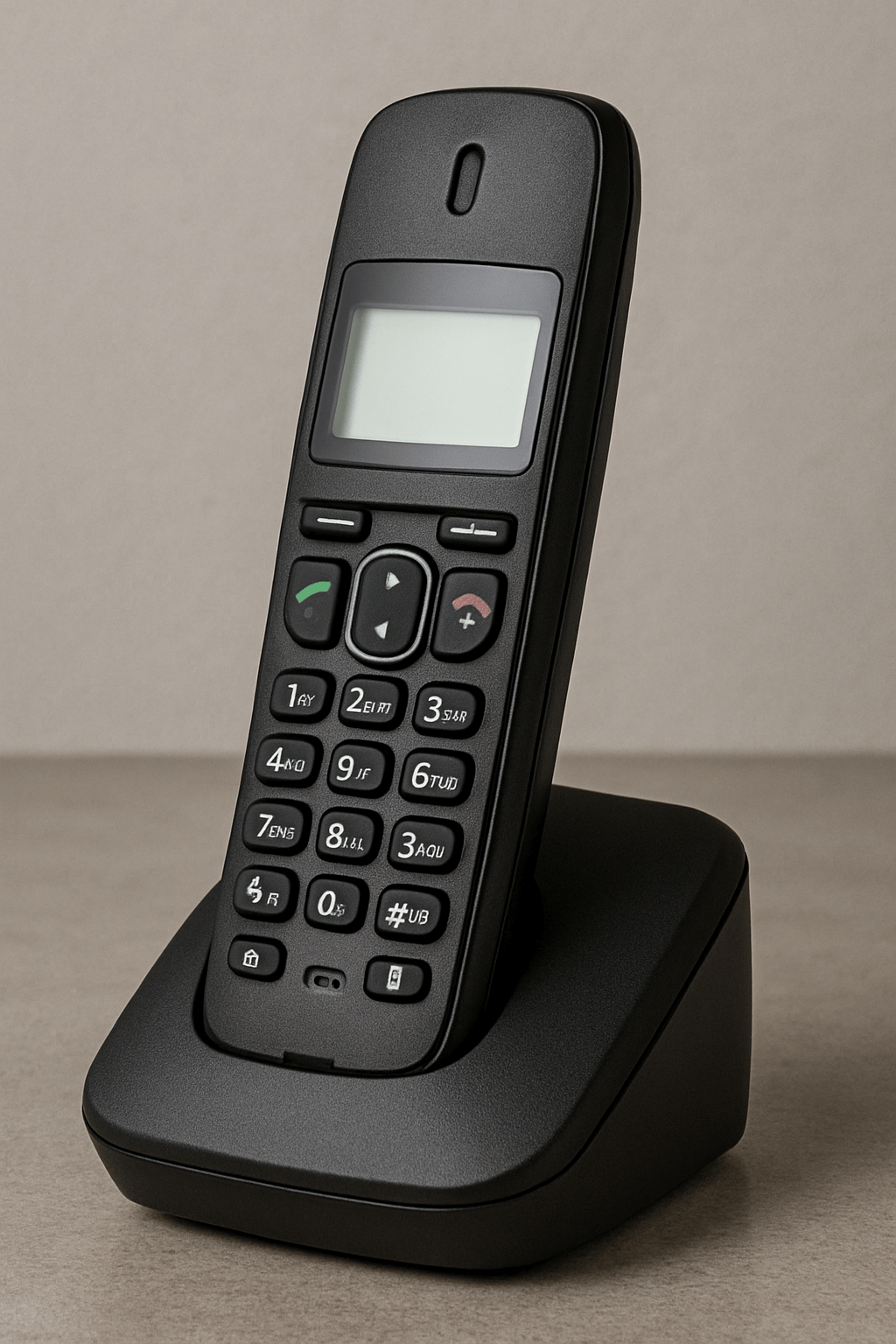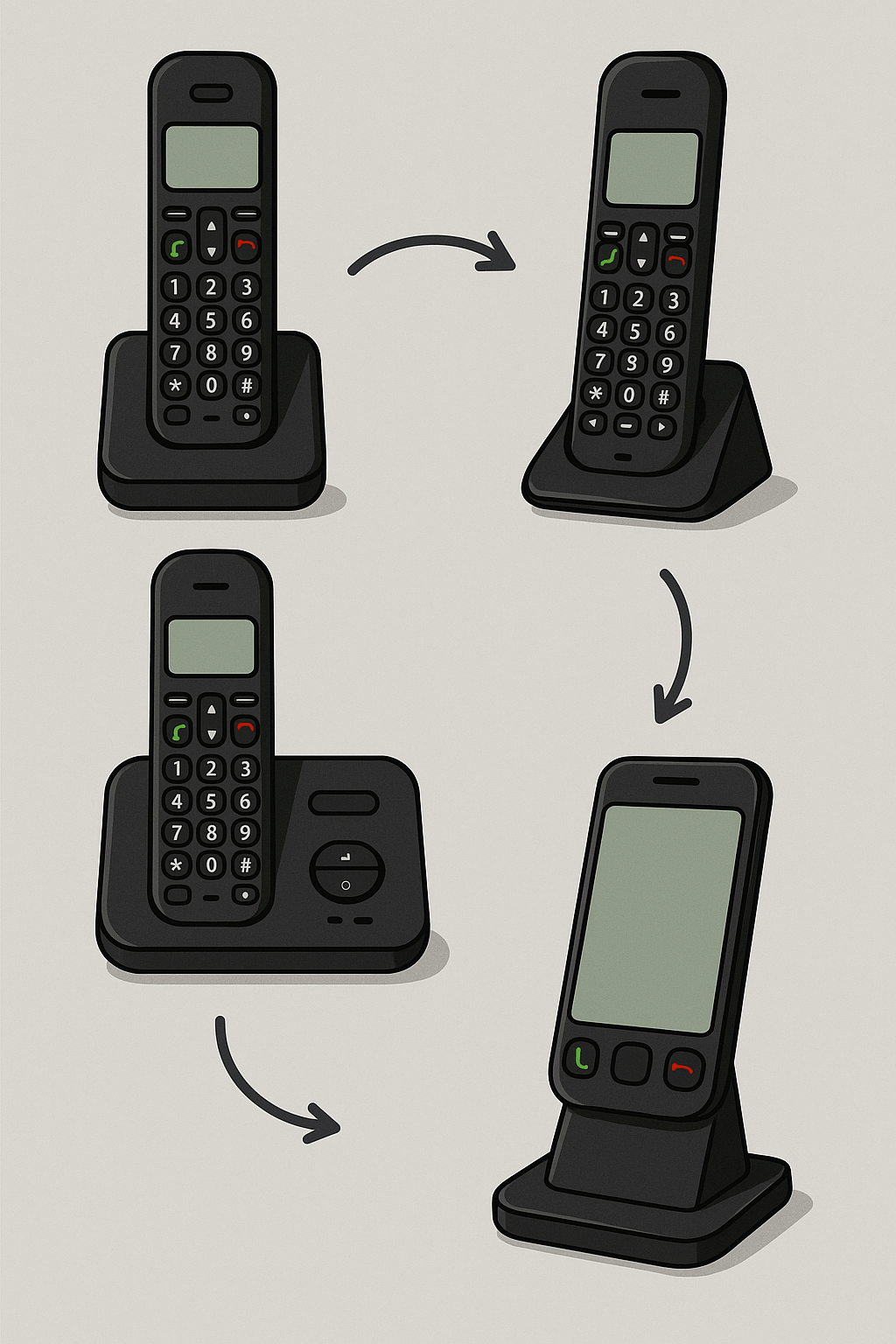Customs Clearance of Various Telephone Devices Including Mobile, Cordless, Landline, and PBX from Iran Customs

For an estimate of the time and cost of clearing telephone and PBX devices, contact the experts at Saba Tarkhis.
Instant Free Consultation1) Introduction and Classification of Telecommunication Devices
Mobile Phone
Cordless Phone
Landline Phone
PBX (Private Branch Exchange)
2) Customs Tariffs and HS Codes
| Product | Short Description | HS Code |
|---|---|---|
| Mobile Phone | Smartphone with 4G/5G/VoLTE network | 8517.12 |
| Cordless Phone | Radio-based cordless handset/base set | 8517.18 |
| Landline Phone | Fixed telephone for office/enterprise | 8517.18 |
| PBX | Enterprise telephone exchange system | 8517.62 |
Exact classification depends on technical specifications, radio/electromagnetic standards, packaging, and end use.
3) Customs Clearance Process for Telecommunication Devices
Order Registration: The import process begins with order registration in Iran’s Comprehensive Trade System (NTSW). This step includes entering full product information, purchase documents, importer details, and information related to the country of origin. Any mistake or deficiency at this stage can lead to delays or problems in customs clearance.
Obtaining Required Permits: Some telecommunication devices, due to their advanced technologies, require specific permits from relevant authorities such as the Ministry of Communications and Information Technology and the Communications Regulatory Authority (CRA). These permits are mandatory to ensure the devices comply with national and international standards.
Completing the Customs Declaration: The customs declaration is a vital document that includes precise information about the goods, technical specifications, value and price, country of origin, and other necessary details. This document must be completed accurately and in full and submitted to customs. Any deficiency or error in the declaration can result in heavy fines or even a halt to the clearance process.
Payment of Duties and Taxes: After the declaration is reviewed and approved by customs, duties and taxes must be paid based on specified tariffs. Failure to pay on time can lead to delays in clearance, penalties, or even return of the goods to the origin.
Inspection and Release: After payment of duties and taxes, the goods undergo thorough inspection by customs. This includes physical examination, verification against submitted documents, and, in some cases, sending samples to specialized laboratories to confirm quality and compliance with standards. If approved, the release permit is issued. At this stage, the goods may be referred to relevant authorities for further review.
4) Main Exporting and Importing Countries
Main importers: Iran is one of the largest importers of telecommunication devices in the region. These devices are mainly imported from Asian countries such as China, South Korea, and the United Arab Emirates. Considering sanctions, changes in import regulations, and compliance with national standards is of great importance.
5) Special Conditions for Import and Export
Export: Export of telecommunication devices from Iran is very limited due to domestic production constraints. Nevertheless, some equipment such as PBX systems and landline phones are exported to neighboring countries like Iraq, Afghanistan, and Central Asian states. For exporting these products, compliance with destination standards, provision of required documents, and obtaining export permits are essential.
6) Import and Export Volume of Telecommunication Devices
Need precise HS Code classification, regulatory permits, and document preparation? Our team manages the entire case end-to-end.
Request a Proforma Invoice
Frequently Asked Questions
What are the HS Codes for mobile phones and PBX?
Mobile phones are generally 8517.12, cordless/landline phones 8517.18, and PBX systems 8517.62; the final determination depends on technical specifications.
What permits are required to import telecommunication devices?
As applicable: approvals from the Communications Regulatory Authority (CRA), safety/electromagnetic standards compliance, order registration in the Comprehensive Trade System, and other relevant technical permits.
What are the main steps of clearance?
Order registration → obtaining regulatory/technical permits → customs declaration → payment of duties and taxes → inspection and issuance of the release permit.
Special Customs Clearance Services by Saba Brokerage
With many years of experience in customs clearance and the provision of customs services, Saba Brokerage is one of the leading companies in offering these services in Iran. By leveraging a team of experienced experts specialized in clearing telecommunication and electronic devices, all stages—from order registration to obtaining necessary permits and final release—are professionally managed.
Unique service features include:
Specialized Consulting: Providing precise and practical advice on choosing optimal import methods, understanding customs laws, and handling order registration are among the main services of this firm. These consultations help importers make the best decisions during the import process.
Expedited Clearance: By using a wide network of connections and full familiarity with customs procedures, the clearance process is completed in the shortest possible time and with minimal cost. The experts’ experience and proficiency minimize waiting time and extra expenses.
End-to-End Supply Chain Management: The company meticulously and professionally manages all stages—from purchasing and international transport to final clearance and delivery to the customer. These comprehensive services allow importers to focus on their business without concerns about logistics and clearance.
Ensuring Compliance with Standards: The team continuously ensures that goods conform to national and international standards and obtains all required permits. This guarantees that imported goods enter the market without issues.
Post-Clearance Services: After clearance, services such as warehousing, distribution, and even consulting on marketing and sales are provided to clients. These after-sales services help importers bring their products to market in the best possible way.
Clearing various mobile, cordless, landline, and PBX devices from customs requires specialized knowledge and sufficient experience in customs and import regulations. By using Saba Brokerage’s comprehensive and specialized services, you can be assured of a fast, cost-effective, and reliable clearance process and manage your trade with peace of mind.
.png)
